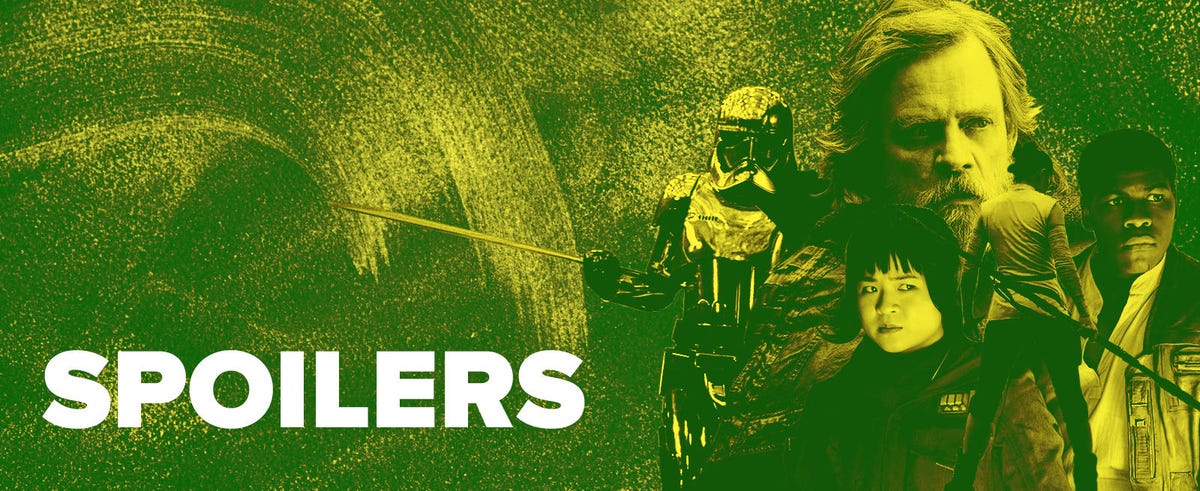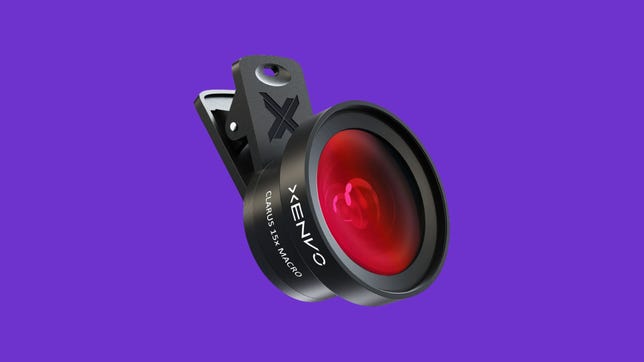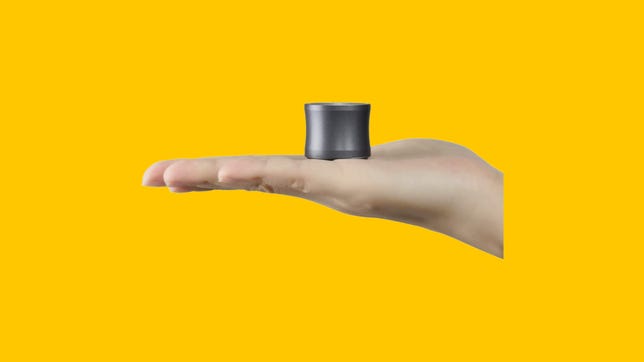First James Webb Space Telescope Images Get Glow Up From X-ray Filter
In January, NASA’s long-awaited multibillion dollar James Webb Space Telescope reached its gravitational safe space a million miles from Earth. In July, it began to take our breath away.
One by one, astonishing vignettes of a glimmering universe have decked our screens, each image somehow more thought-provoking and beautiful than the last. Even so, I’d argue the telescope’s seminal masterpieces will always occupy a special corner of our hearts. Toffee-hued cliffs of the Carina Nebula and fairy-dusted galaxies of Stephan’s Quintet are ever ingrained as the JWST’s first dance with deep space, and our first dance with the JWST.
That said, thanks to data collected by NASA’s Chandra X-ray Observatory, the agency managed to enhance some of those brilliant JWST starter pics — with positively electrifying results.
Behold, a new and improved version of the JWST’s Carina Nebula, Stephan’s Quintet, and deep field SMACS 0723.3–7327 from image set No. 1, as well as an updated iteration of the slightly more recent Cartwheel Galaxy portrait.
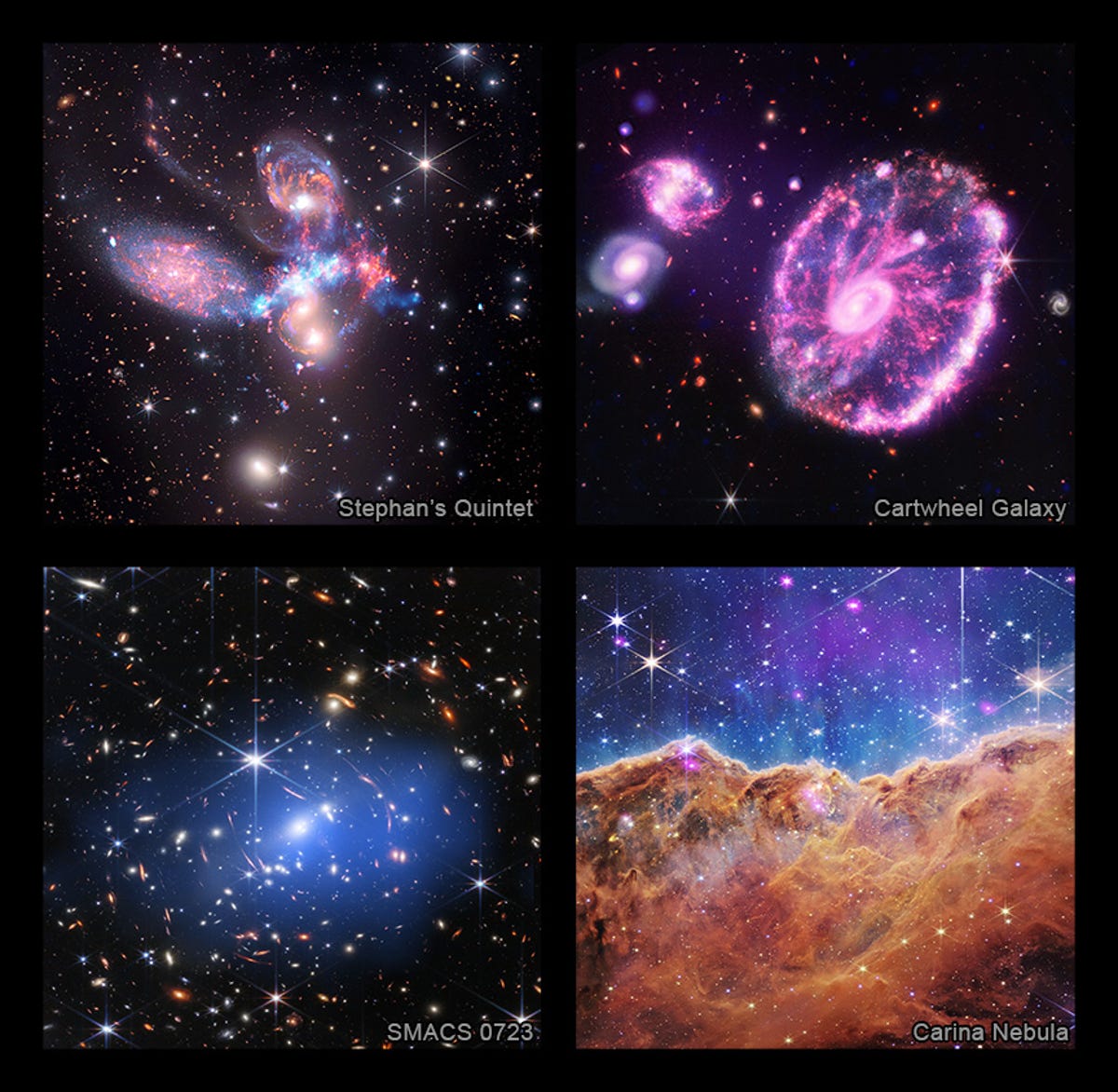
These are the four composite images NASA created with both JWST and Chandra X-ray data.
NASA/CXC/SAO/ESA/CSA/STScI/JPL-Caltech
Breaking down JWST pics 2.0
On July 11, President Joe Biden presented humanity with its first JWST treasure, informally dubbed Webb’s First Deep Field (and formally known by its robot name, SMACS 0723.3-7327).
Let’s zoom in to the 2.0 of this sparkly exhibition first.
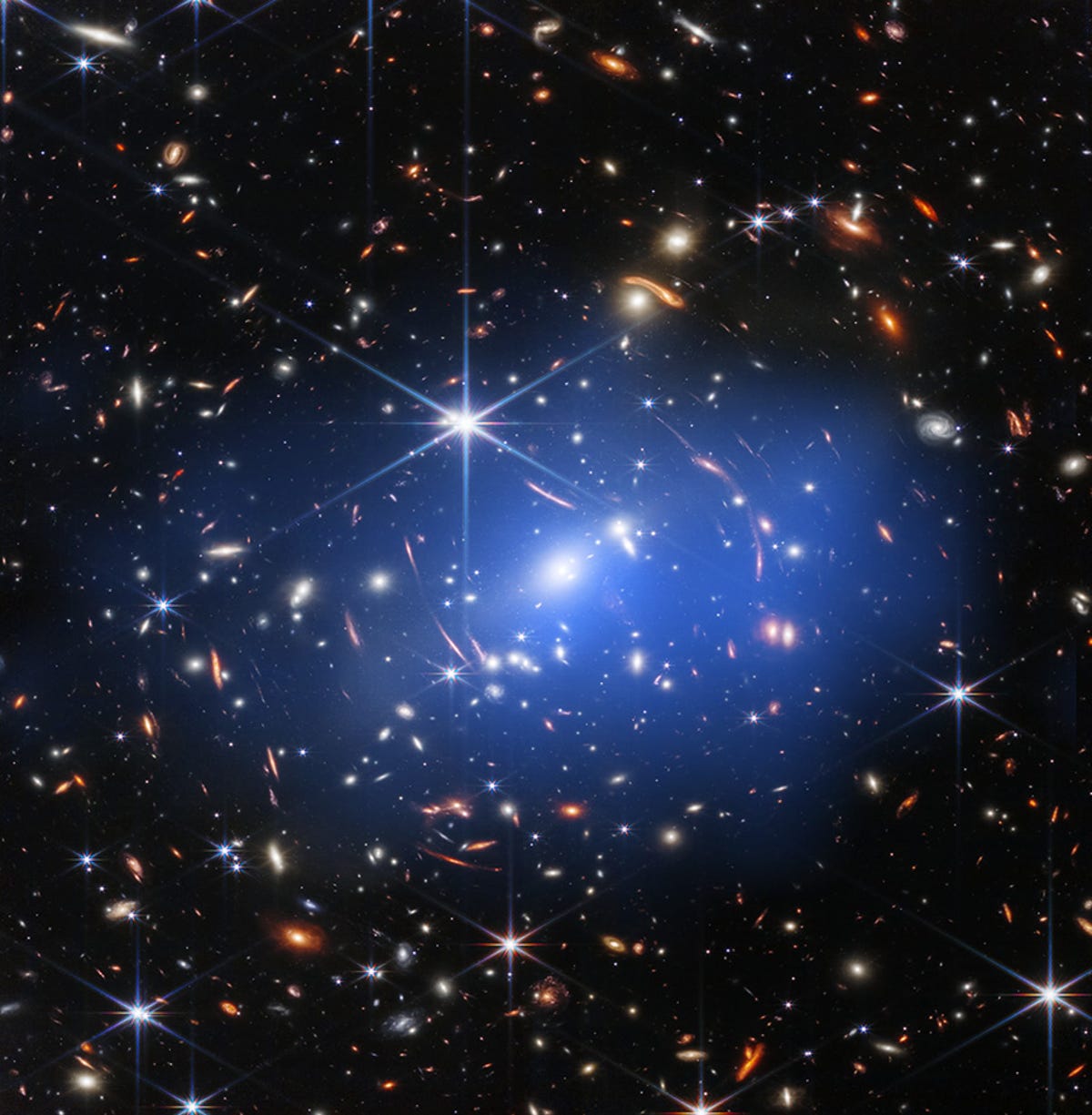
A composite image of SMACS 0723.3-7327.
NASA/CXC/SAO/ESA/CSA/STScI
Here’s what Webb’s First Deep Field looks like with only JWST observations.
NASA, ESA, CSA, and STScI
When I

